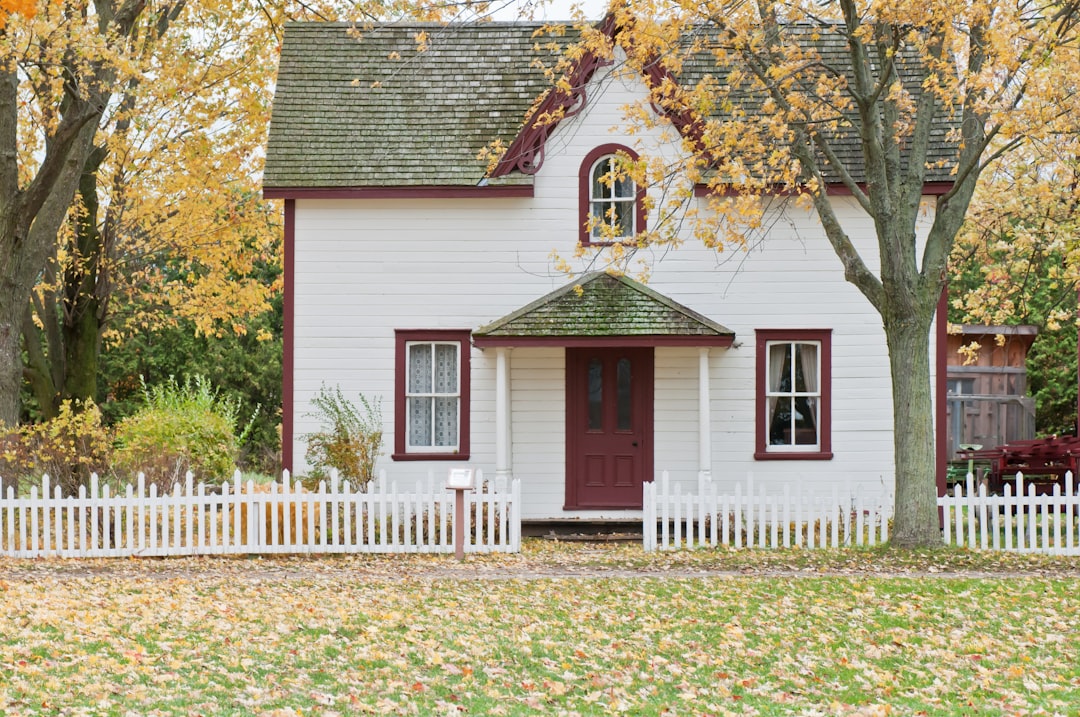The Role of Technology in Modern Interior Design.
Posted at 02 Jan 2025
5 minute readtime
Table of Contents
1 - Introduction
In recent years, the field of interior design has dramatically transformed, predominantly due to advancements in technology. From high-tech materials to innovative design software, technology plays a crucial role in shaping the modern interior design landscape. This blog post will explore various ways technology has influenced the practices, trends, and outcomes in interior design, ultimately transforming how we conceive and inhabit spaces.2 - Innovative Design Software and Tools
At the forefront of technological advancements in interior design are the sophisticated software and tools that designers utilize today. Software programs like AutoCAD, SketchUp, and Revit allow designers to create intricate 2D and 3D models, making it easier to visualize the final outcome before implementation. Additionally, tools such as virtual reality (VR) have revolutionized client presentations, enabling clients to experience a space immersively before it even becomes a reality.Moreover, augmented reality (AR) applications have emerged, helping clients visualize furniture, decor, and paint colors in real-time within their spaces. These tools not only enhance creativity but also streamline the design process, making it more efficient and client-friendly.
3 - Smart Home Integration
The smart home revolution is another significant technological advancement that has impacted interior design. With the rise of smart home devices, designers now have the opportunity to create environments that are not only aesthetically pleasing but also incredibly functional and comfortable. Integrating smart lighting, climate control, and security systems into home designs allows for personalized spaces that adapt to the inhabitants' needs.For instance, smart lighting systems can be programmed to adjust based on the time of day, creating an optimal atmosphere while saving energy. Furthermore, voice-activated assistants can control various functions within the home, making daily routines more accessible and efficient. As smart home technology continues to evolve, interior designers will need to remain abreast of these developments to create harmonious living spaces that embrace these innovations.
4 - Sustainable Materials and Practices
Technology's impact on sustainability in interior design cannot be overstated. As the awareness surrounding environmental issues grows, the demand for sustainable design practices and materials rises. Technology has facilitated the development of eco-friendly materials, such as recycled plastics, bamboo, and low-emission products that contribute to healthier living environments.Moreover, advancements in technology have led to innovative construction methods, such as modular construction which reduces waste and construction time. Designers are now able to source sustainable materials more easily through digital platforms, influencing more responsible decisions and promoting the idea of a circular economy in interior design.
5 - Personalized Design Experiences
The incorporation of data analytics and artificial intelligence (AI) into interior design allows for more customized design solutions. By analyzing users' preferences, habits, and even biometrics, designers can create spaces that resonate with the individual client, resulting in a truly personalized experience.For example, AI-powered design programs can generate tailored design concepts based on specific user inputs, allowing clients to choose elements that align with their style. Furthermore, algorithms can predict trends, helping designers stay ahead of the curve in a rapidly changing market.
6 - Conclusion
In conclusion, technology has become an integral player in modern interior design, influencing processes, results, and experiences in myriad ways. From innovative design tools to smart home integration and sustainable practices, technology is transforming spaces into more functional, personalized, and environmentally friendly environments. As we continue to embrace these advancements, it is essential for interior designers to stay informed and adaptable, ensuring they can harness the power of technology to create beautiful and practical spaces that enhance our everyday lives.




